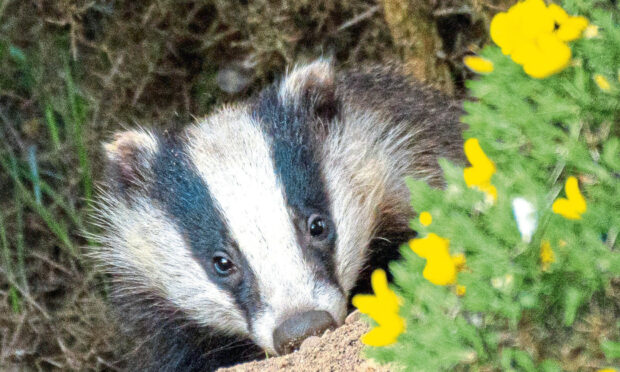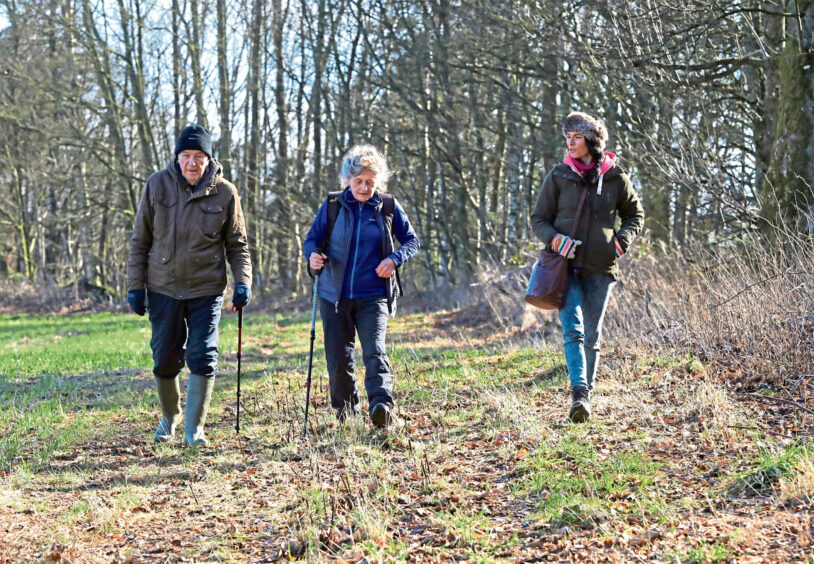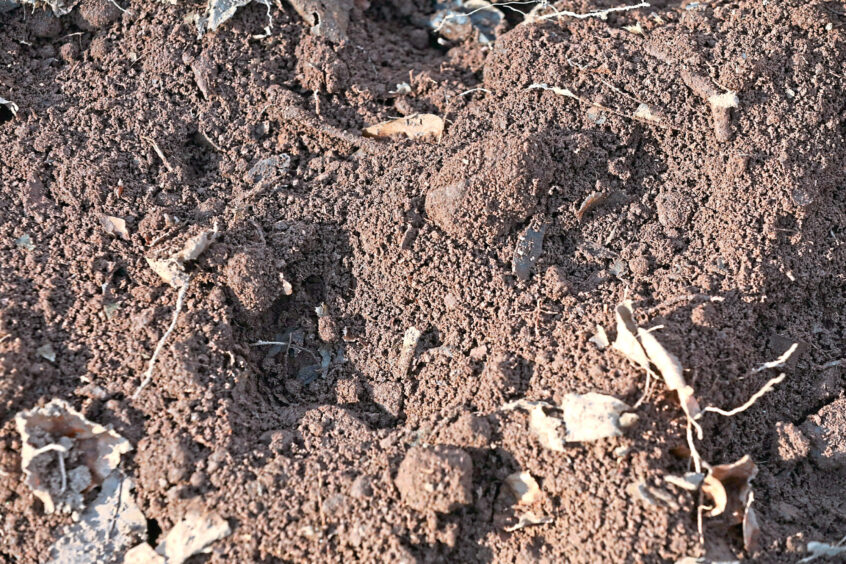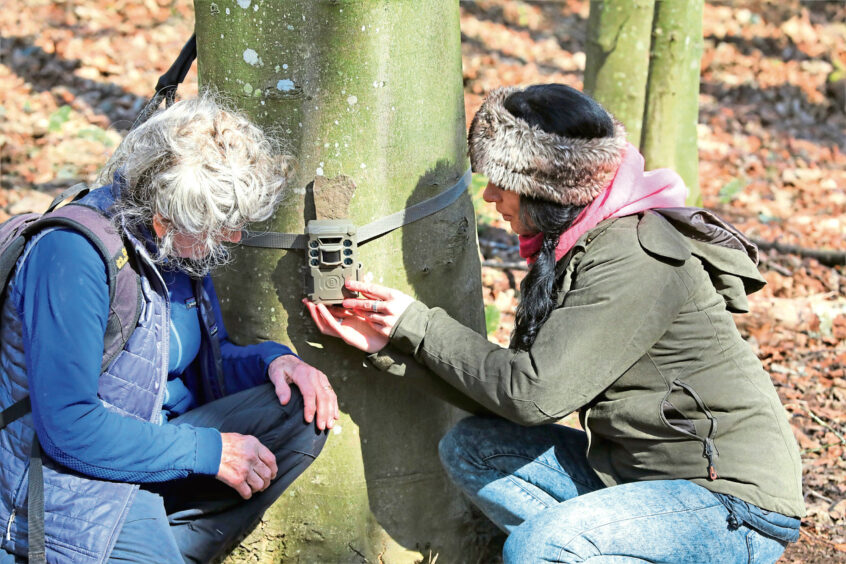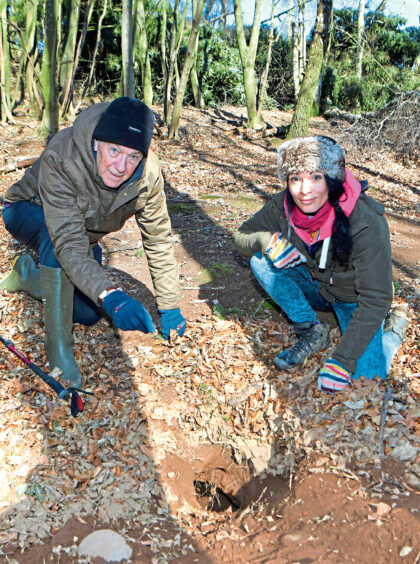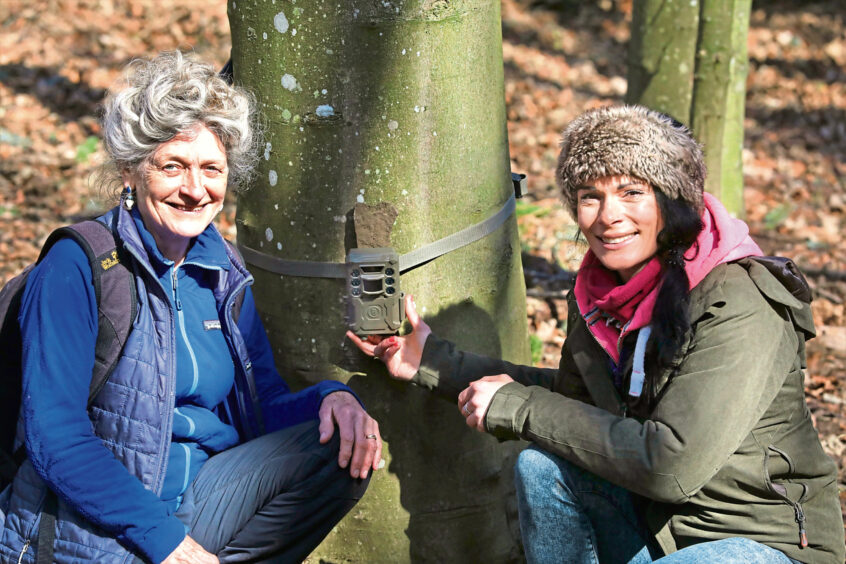Gayle chats to Eddie Palmer and Ellie Stirling of Scottish Badgers, a group passionate about the survival of the species.
I spotted her lying dead at the side the road. She was a beautiful creature and may well have been pregnant. I was too distressed to investigate further but reported my sighting to independent charity Scottish Badgers.
A few days later, as I was driving (slowly) along the same stretch of road in Aberdeenshire, a mile or so from the city bypass, I had to brake suddenly as another badger trotted out in front of me. It was a narrow miss.
It’s the time of year when badger activity ramps up a notch, and sadly this is reflected by a peak in road deaths, with between 4,000 and 5,000 killed in Scotland annually.
Traffic is the biggest threat to the species in the UK, but, upsettingly, badgers are still being persecuted, with baiting thought to have increased during lockdown.
I meet up with Eddie Palmer, the Angus-based chairman of Scottish Badgers, and secretary Ellie Stirling, to discuss the issues affecting the shy, nocturnal animals, and to visit a sett.
“Badgers are getting slaughtered – on the roads, and by being persecuted,” laments Eddie.
“We want to look after them, and Scottish Badgers does that by surveying and recording to judge their welfare, and asking if they’re still around in certain areas, or whether something has happened to them. Our usual brush with ‘bad’ people is when we find a sett that’s been dug.”
Still vulnerable
Thankfully, poisoning has decreased, with the introduction of the 1992 Protection of Badgers Act, but the species is still vulnerable.
“Since the act came into force, it’s been an offence to interfere with a sett or take, injure or kill a badger,” says Ellie. “And yet this still goes on. It’s easy to harm a sett and not leave an evidence trail.
“We’ve known of landowners and farmers driving over and flattening setts, which must be one of the worst deaths ever – crushed bones, suffocation and starving to death. It doesn’t bear thinking about.”
Baiting has increased
There’s more bad news. Eddie says there’s strong evidence to suggest badger baiting increased during lockdown.
Terriers dig down into setts and baiters either make a specially-bred dog fight with the badger on the spot and kill it, or take it away in a sack for an “official” fight. They set dogs on the badger in an open field or take it somewhere like a pub cellar or barn to fight several dogs, and often film the fight and share it online. Baiters take bets on fights, but these days, it tends to be more about them “boasting” about their vicious dogs, says Eddie.
Because these crimes tend to happen in isolated countryside, police are up against it in detecting them and have to rely on people reporting suspicious activity.
Displacement
Another issue is displacement – when badgers are forced to leave setts because of building or construction work, or new roads.
“They follow ‘ancestral trails’, using scent to guide them instinctively, and this can result in many road deaths,” says Ellie.
Moves have been made to help them, with wildlife tunnels constructed in the Borders in the 1990s but maintenance has fallen by the wayside and they’ve become blocked with water and debris.
“As a human race, we’re continually developing and building, and continually taking away territory,” says Eddie.
“Badgers become refugees and have become more visible while struggling to survive.
“There’s no basis for saying the population has exploded – it’s just because people haven’t noticed them before, and more people are using trail cameras.
“They only have one or two cubs a year and half are unlikely to survive a year.”
There’s a misconception that badgers are diseased creatures when, in fact, Bovine TB is absent in Scotland, only introduced via importation of diseased cattle. In fact, they’re pretty clean creatures, clearing out setts to get rid of fleas and parasites, bringing in fresh bedding, and rotating their use of dens.
All these issues aside, spring is often when people complain of gardens being dug up by badgers. This is because they’ve just come out of their winter torpor, they’re hungry, and grubbing about for larvae and earthworms. Rest assured, says Eddie, this is only seasonal behaviour.
“Badgers become refugees and have become more visible while struggling to survive.”
EDDIE PALMER
Mating takes place all year round, and most cubs are born in January and February after delayed implantation – nature’s way of assuring solid food for cubs in the spring. April is when most cubs make their first appearance above ground. The adults are hungry, especially lactating sows, and all spend more time foraging.
Visit to sett
I’m delighted when Eddie and Ellie offer to take me to secluded woodland in Angus boasting a sett – a network of tunnels and entrances.
It’s fascinating to see where the creatures have been, in Ellie’s words, “snuffle troughing” – rooting and snuffling for grubs under leaf litter.
We spot badger paw prints and “spoil heaps” galore – excavated material and old bedding.
“This is a busy sett,” says Eddie. “We had 43 clips of badger activity on our camera trap one night, with footage showing them taking leaves in for bedding. They’re most active between about 6pm and 6am when they come out to feed.”
The couple’s main message is to leave badgers alone, drive more slowly at night, and if you see evidence of baiters, usually a gang of men with dogs, guns and spades, call the police.
“We believe in land-sharing and co-existing with wildlife,” says Ellie. “People say ‘there’s an abundance’ of badgers, but abundance in nature should be a good thing.”
- Scottish Badgers is looking for people to become “badger champions”, and recruiting local networks of volunteer surveyors. May is Badger Week, with badger-themed activities taking place across the country. A dedicated badger festival is also being planned. scottishbadgers.org.uk
